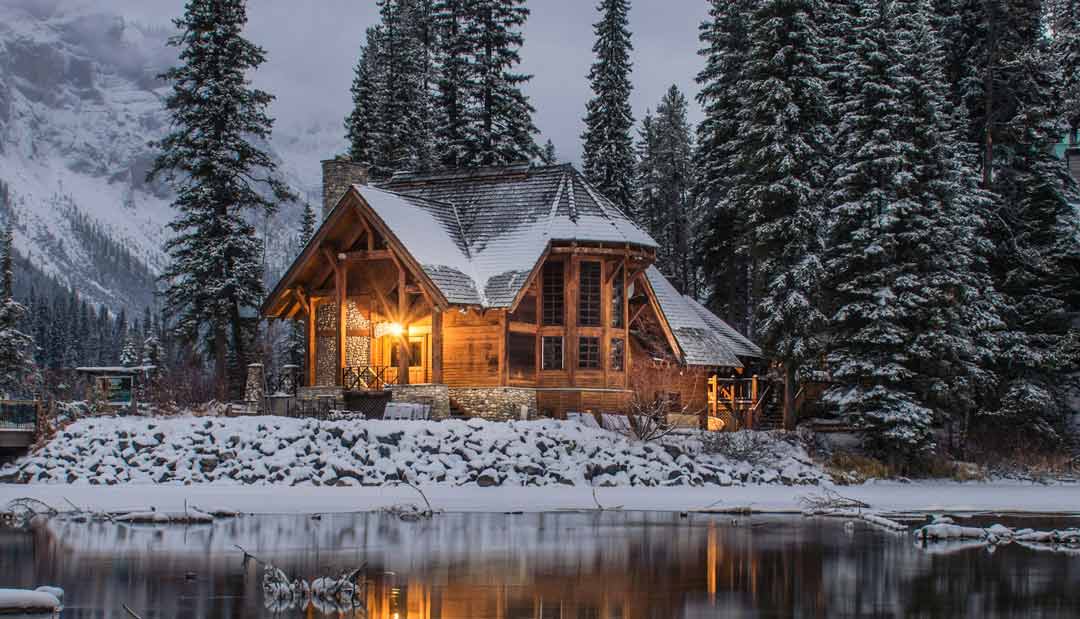Energy efficiency is vital in the modern climate, as summers get hotter and winters become more unpredictable.
Although you can’t help where your home currently is, there’s a lot you can do to battle against the chills and frost that winter will bring your way.
Keep reading as we cover 7 of the best energy-efficient upgrades any homeowner should attempt before winter sets in.
#1: Ensure Your Home is As Well Insulated as Possible
How insulated is your property? A well-insulated home should have enough to keep it comfortable while also blocking out wildlife, moisture, and even some sound.
If you’re not sure what to look for, you can hire a professional who can check your insulation levels and give you a quote on whether or not they think you need more.
If you have a crawl space under your home, you should also consider the insulation levels beneath your floors. This is a space many people don’t consider but can be a major way cold air gets into your home. A radiant heating system can fight against those heat leaks, but only so much.
#2: Consider Upgrading Your Thermostat
How old is your current thermostat? Although the average homeowner knows their heating and cooling is a major bill, many stay with older thermostats that don’t offer as much control over the temperature as newer options.
It’s a good idea to consider upgrading your thermostats to a smart thermostat, which can set patterns and automatically get your home to the temperatures you want. Smart thermostats also help save money.
Another option is a radiant heating thermostat, which will ensure that your home stays as comfortable as you could want it, with predictability that can be comforting among modern temperature fluctuations.
#3: Replace Any Leaking Windows
Windows are one of the largest culprits when it comes to leaks of air and temperature in homes.
To check your home’s windows and make sure they’re not letting air in or out: light a candle. Carry this candle close to windows and other entrances of your home, and watch the flame. If it flickers strongly one way or the other, it’s time to check the seal on that window.
Window replacement inserts save you from having to replace the entire window, and make sure it’s sealed so that you don’t have to pay for your HVAC system constantly running in the winter.
#4: Replace or Repair Older Roof and Siding
Roofing and siding are your home’s first defense against the outside world!
If your roof is older than 25, or your siding is older than 15 then it’s time to look them over. Check for cracks, bulges, bending, discoloration, or any other sign that there’s something wrong with them. If you’re able to catch it earlier, you might be able to stop something terrible from happening.
Replacing a roof or siding is expensive, but it’s important to ensure that your home stays at a comfortable, steady temperature for the whole winter.
#5: Check Your Hot Water Heater and Pipes
How old is your hot water heater? The last time you want it to fail is in the winter.
If it’s older, or you notice leaks or rust: call a professional. They’ll look over the heater, make sure it’s in working condition, and let you know if it’s time to replace or update it.
A hot water heater is something you don’t want to tinker with if you don’t know what you’re doing, so seek a professional’s help early on.
#6: Add Weatherstripping to Doors or Reseal Them
Do you have a visible gap beneath your front or back doors?
Although this might seem like a larger issue for insect invasions it’s even worse for your heating and cooling. A gap along your door is nearly as bad as just leaving a window cracked at all times.
To take care of this, consider adding weatherstripping to create a tighter seal. This will stop air from flowing and will ensure your home’s temperatures stay more reliable year-round.
#7: Replace Filters and Check Your HVAC System
How often do you replace the filters on your HVAC system? The average home should replace them at least once a month. But if you forget to do that you’re not alone!
Before winter comes, take the time to replace all of the filters on your HVAC system so air can flow freely. The more full your filters are, the more air your system has to push to try and get up to temperature.
Get your HVAC system inspected by a professional before winter fully sets in as well. They’ll let you know if it’s in good condition or if there are any changes you need to make so you can make it work.
Bonus Tip: Make the Most of Solar
If you have home solar, you can start now to ensure you make the most of your solar through chilly winter weather.
With your home sealed, HVAC checked, and water heater serviced (and possibly upgraded to electric), the extra energy your solar will produce during the summer can turn into net metering credits.
With a bank of net metering credits, even during a snowy or rainy winter, your home solar will continue to help keep you cozy and comfortable.
Every Property Can Be More Energy Efficient
Ready to give your home the boost it needs before winter? Start with some of these tips! The winter cold doesn’t have to make your heating bill terrifying when you’ve made your home energy efficient.





